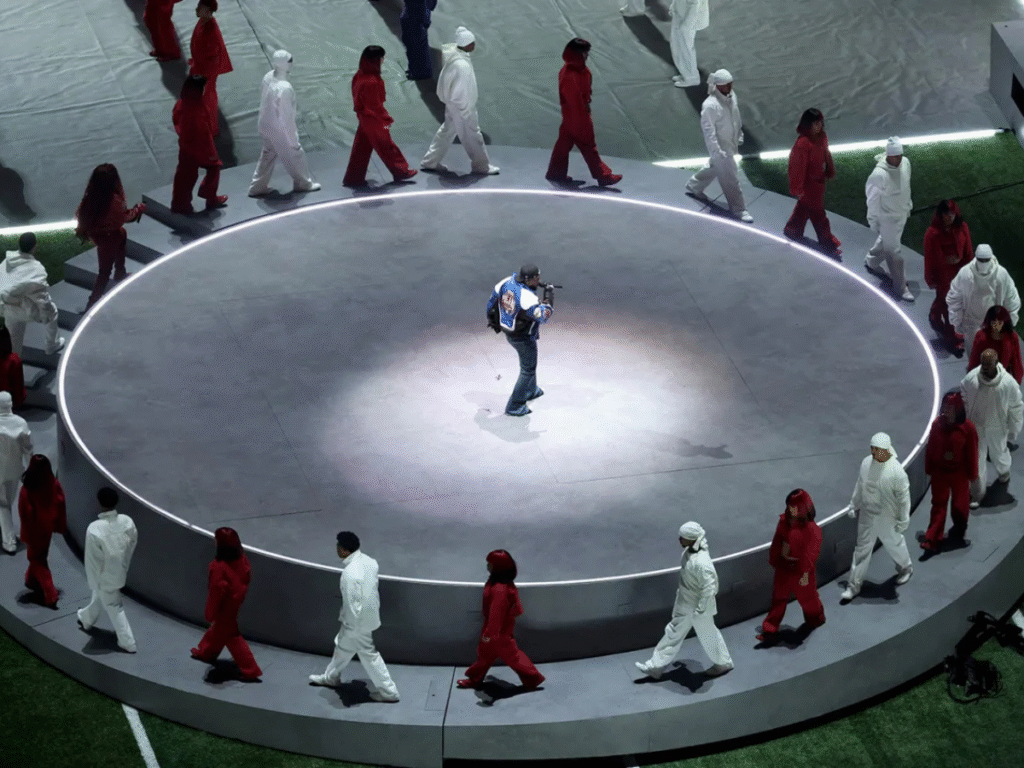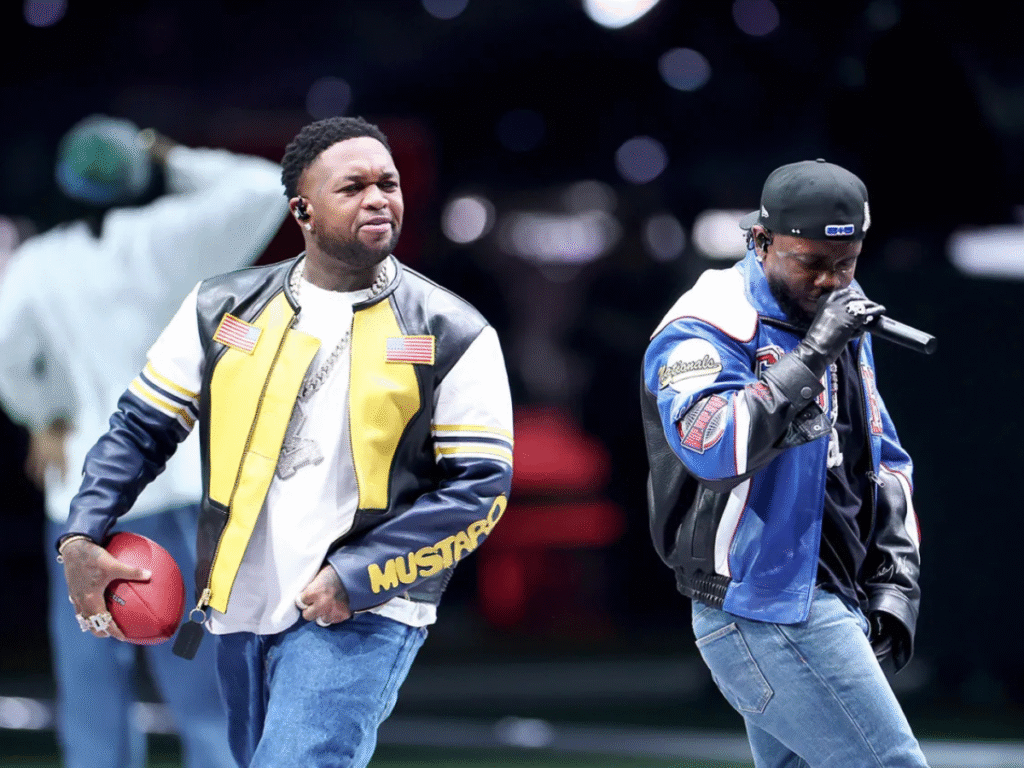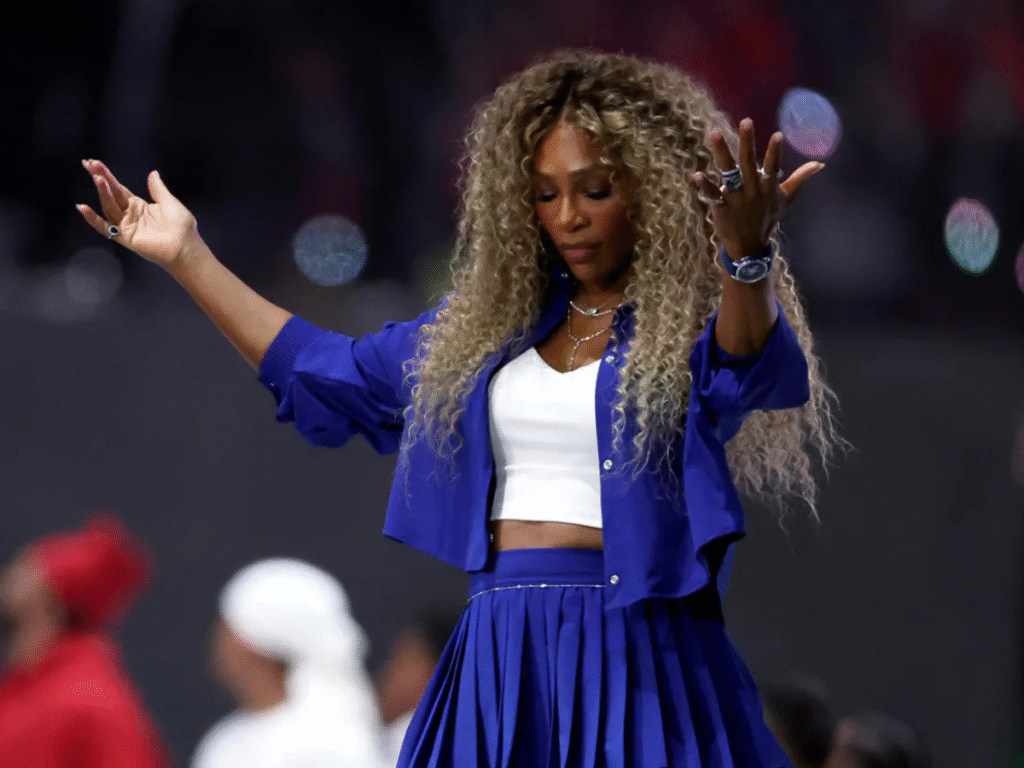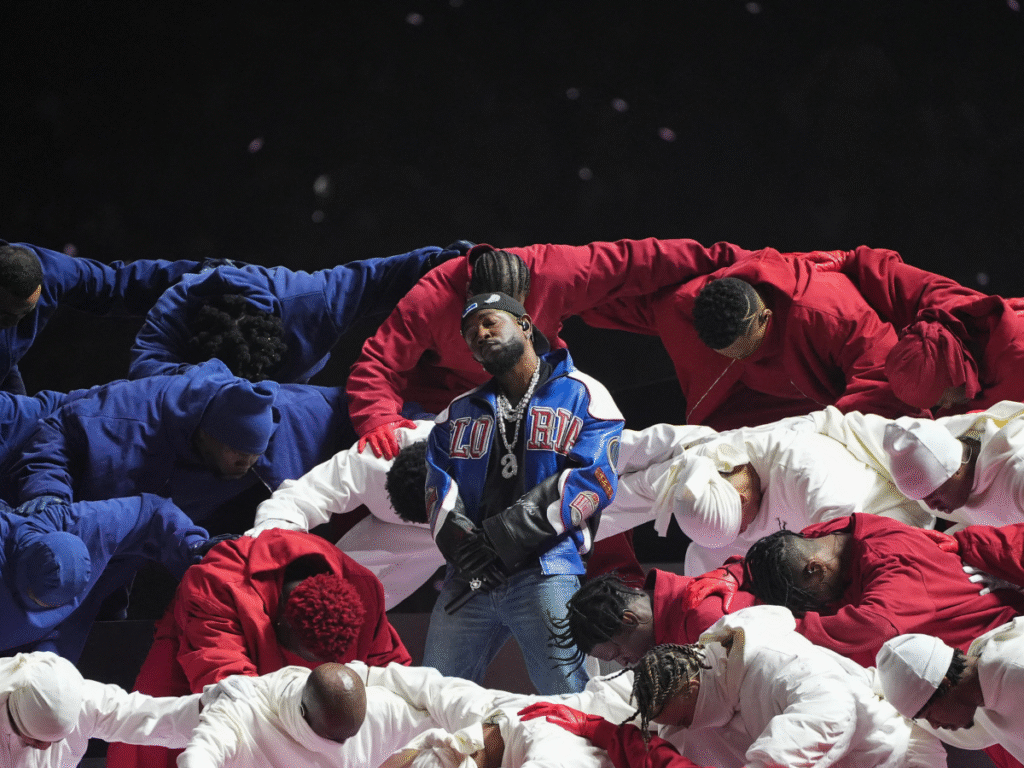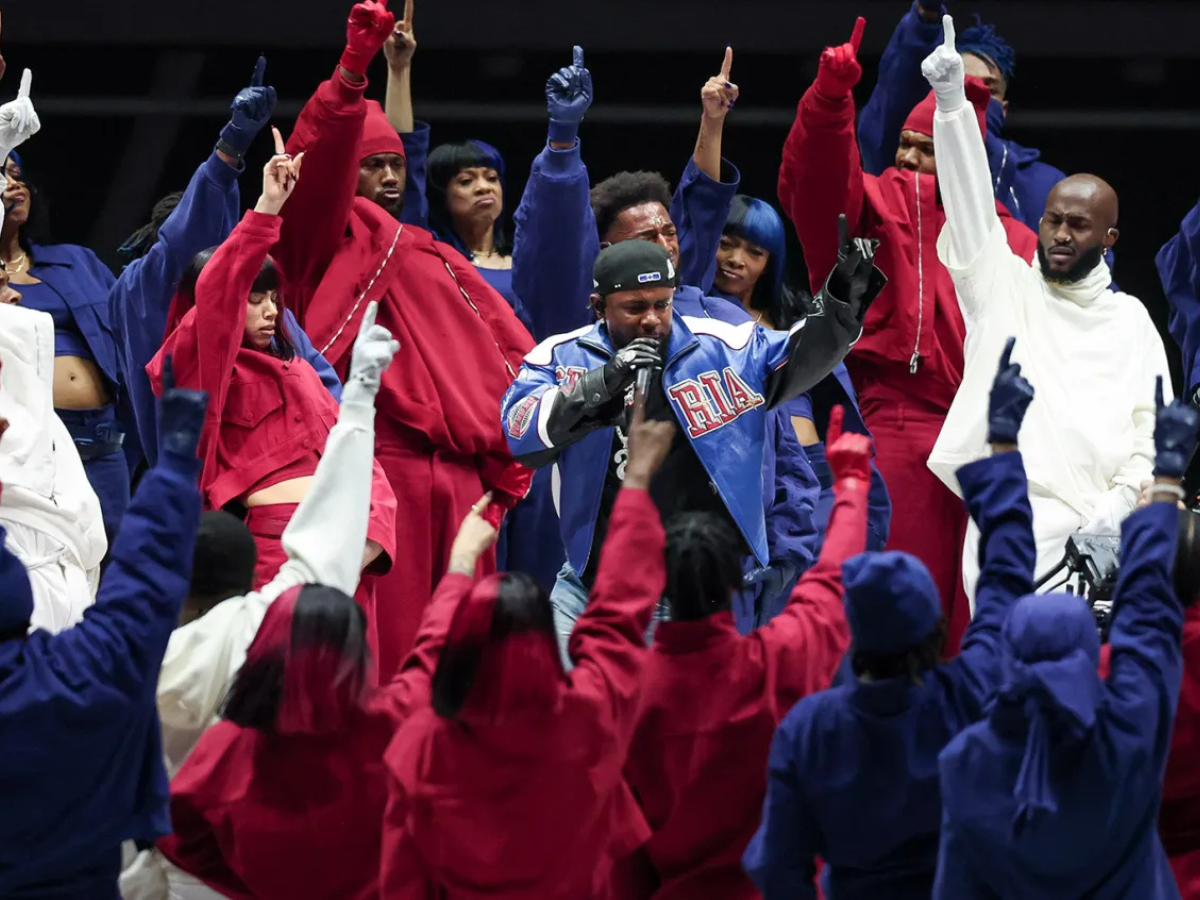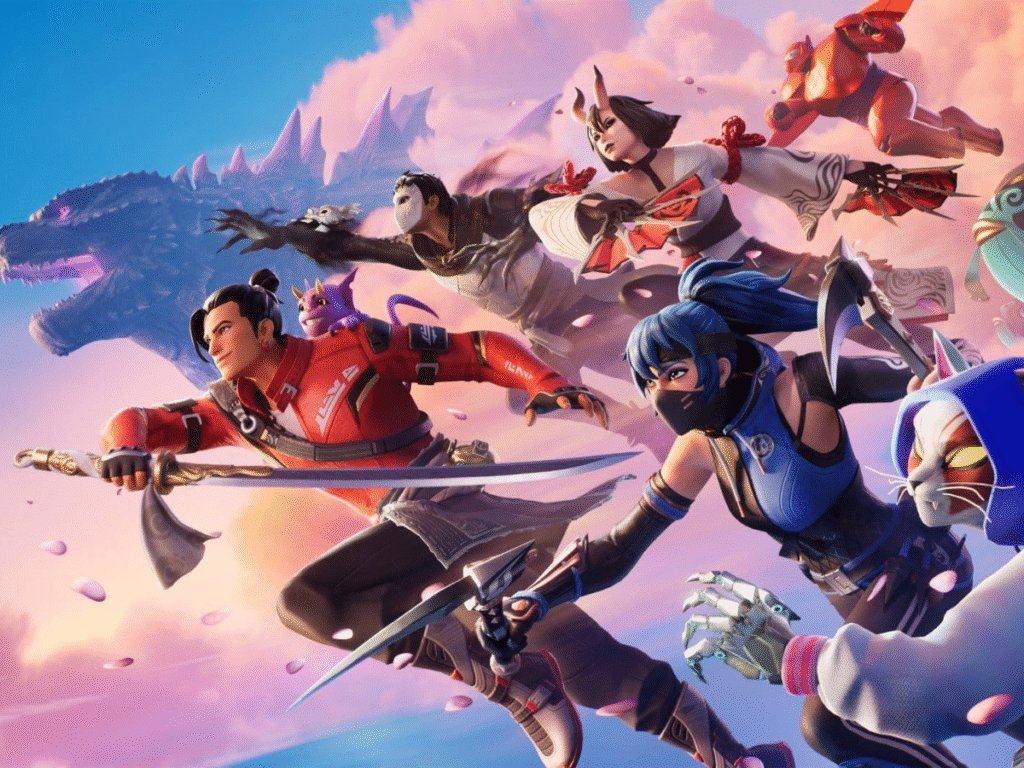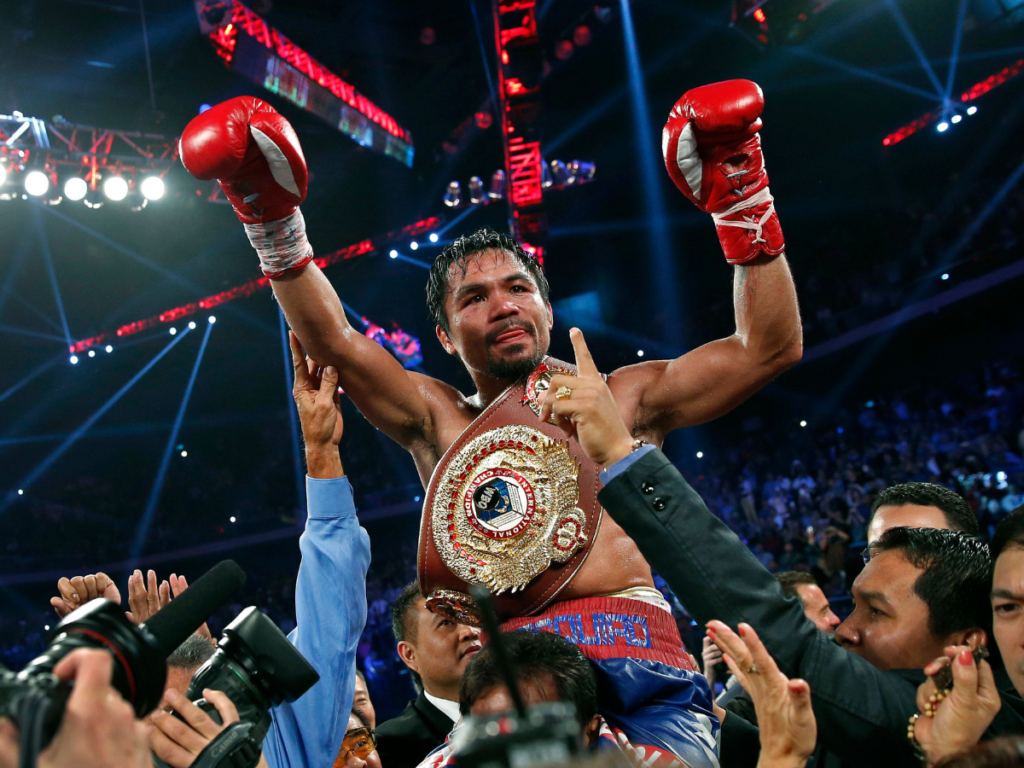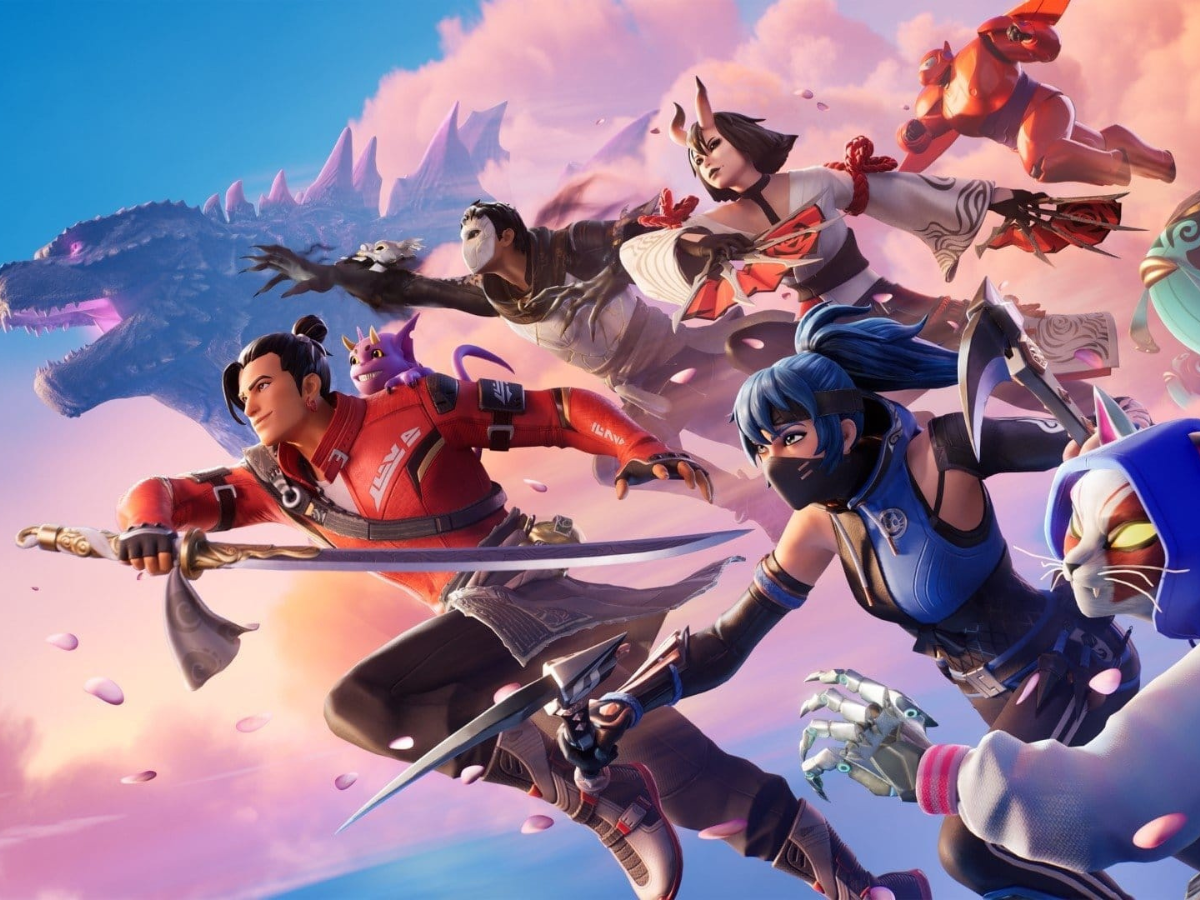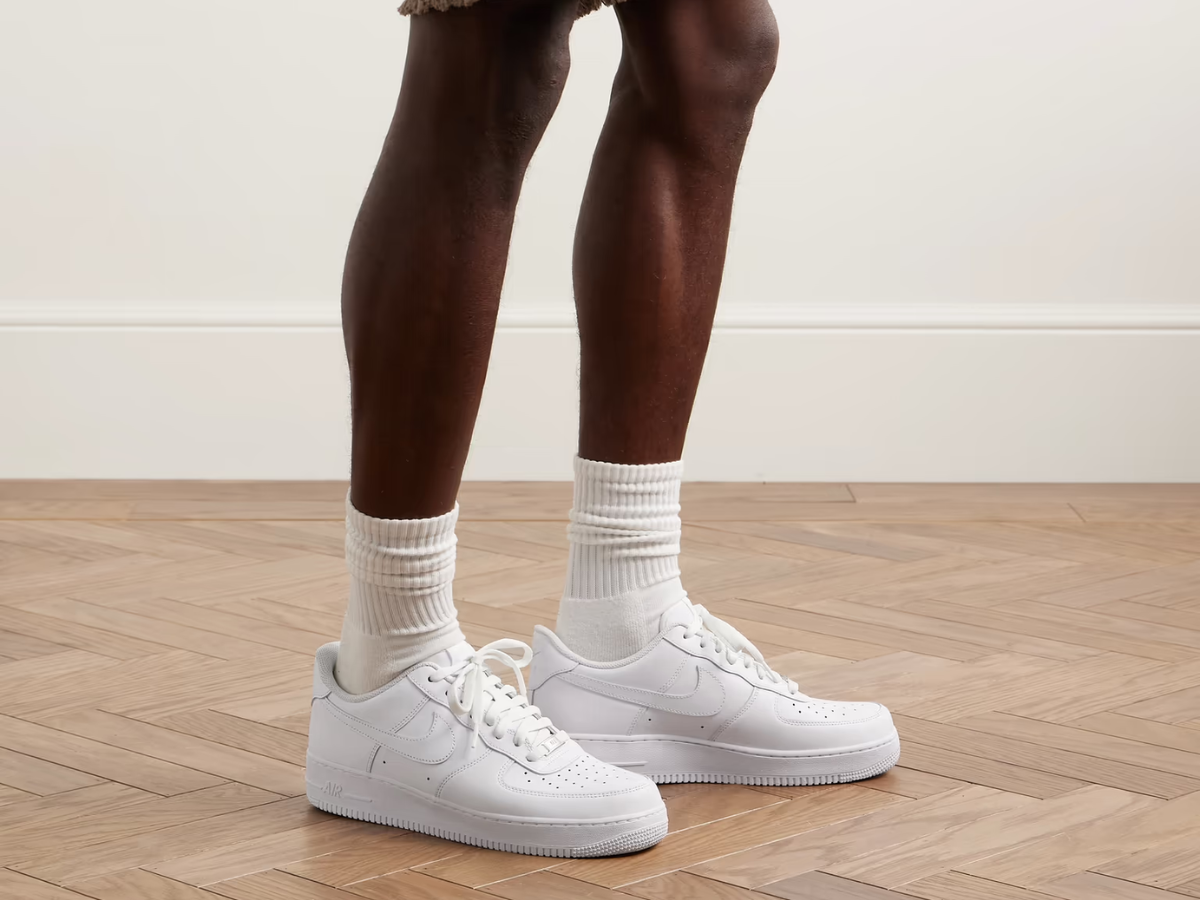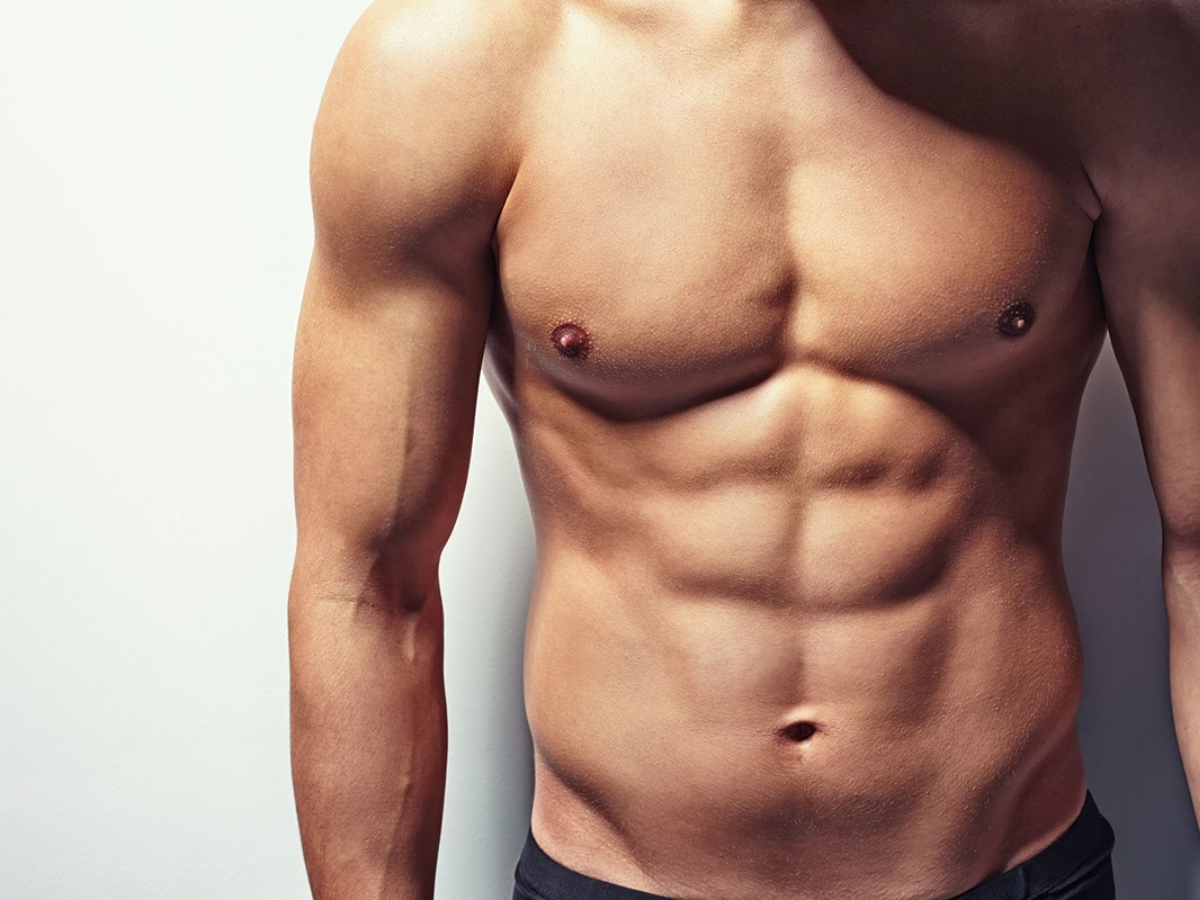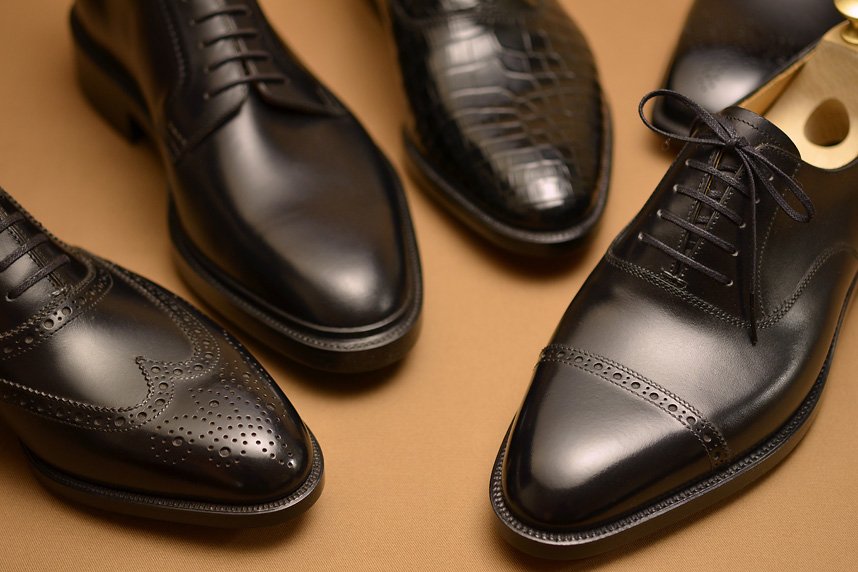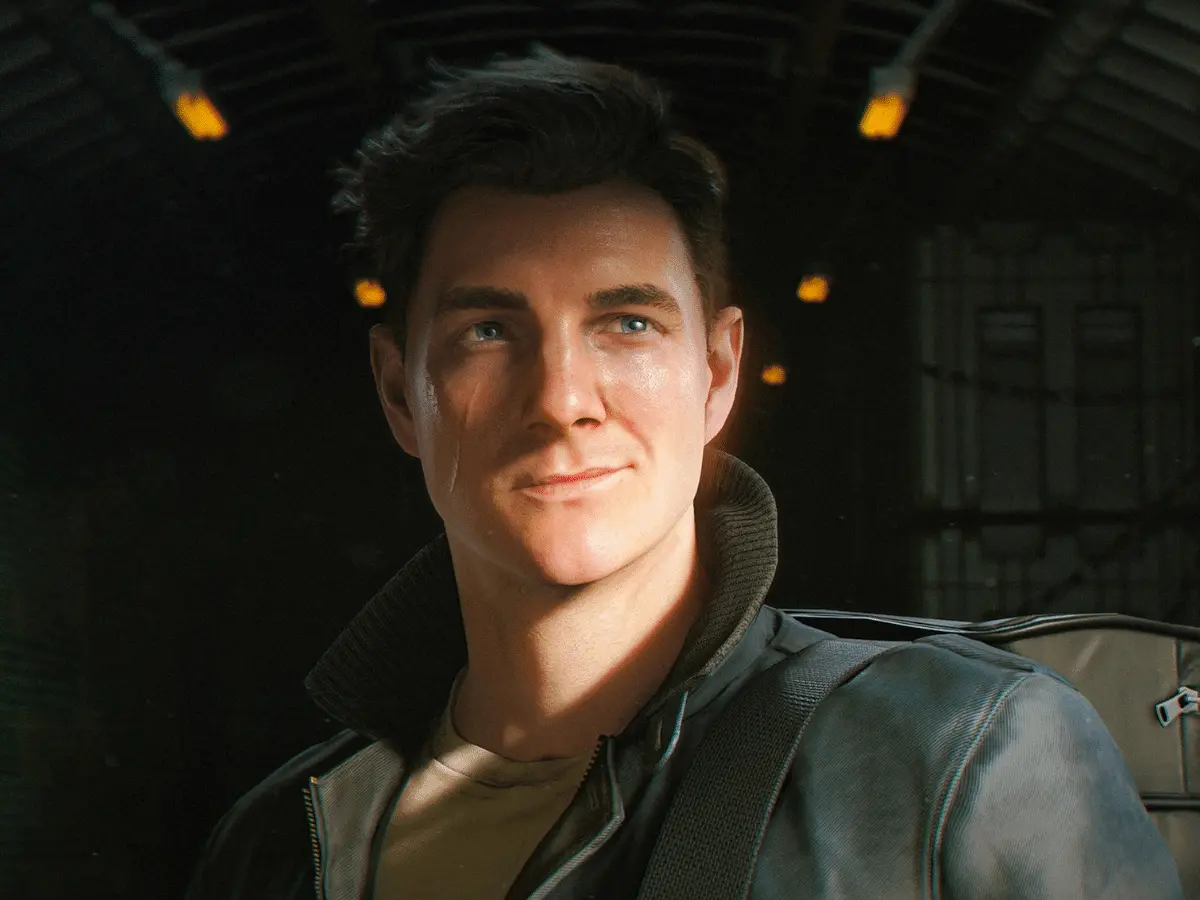The Super Bowl halftime stage has seen plenty of legends, but this year belonged to Kendrick Lamar. Making history as the first solo hip-hop artist to headline the show, the 22-time Grammy winner and Pulitzer Prize recipient turned America’s biggest stage into his own arena, blending raw storytelling, cultural energy, and undeniable star power into a performance that quickly secured its place in halftime history.
Introduced by Samuel L. Jackson, who appeared in a bold Uncle Sam outfit, Kendrick quickly set the tone. Surrounded by dancers in red, white, and blue tracksuits, he tore through a setlist that hit all the right notes — from “Squabble Up” to “HUMBLE.” to “DNA.” — before delighting fans with the powerful “Not Like Us.” The crowd’s reaction was electric, turning the stadium into a chorus as they chanted along to the track that has defined much of his recent momentum.
What made it even more special was the way Kendrick shared the spotlight. Guest appearances from SZA, Serena Williams, and DJ Mustard added layers of excitement, but the heartbeat of the show was Kendrick himself — sharp, confident, and still evolving as he told his story on the world’s biggest platform.
It wasn’t just a performance; it was a statement. Every choice — from the staging to the choreography to the daring inclusion of a song mired in legal drama — showed that Kendrick wasn’t playing it safe. Instead, he delivered a halftime show that will be remembered not only for its energy but for how it reflected his position in his career: fearless, creative, and still pushing boundaries.
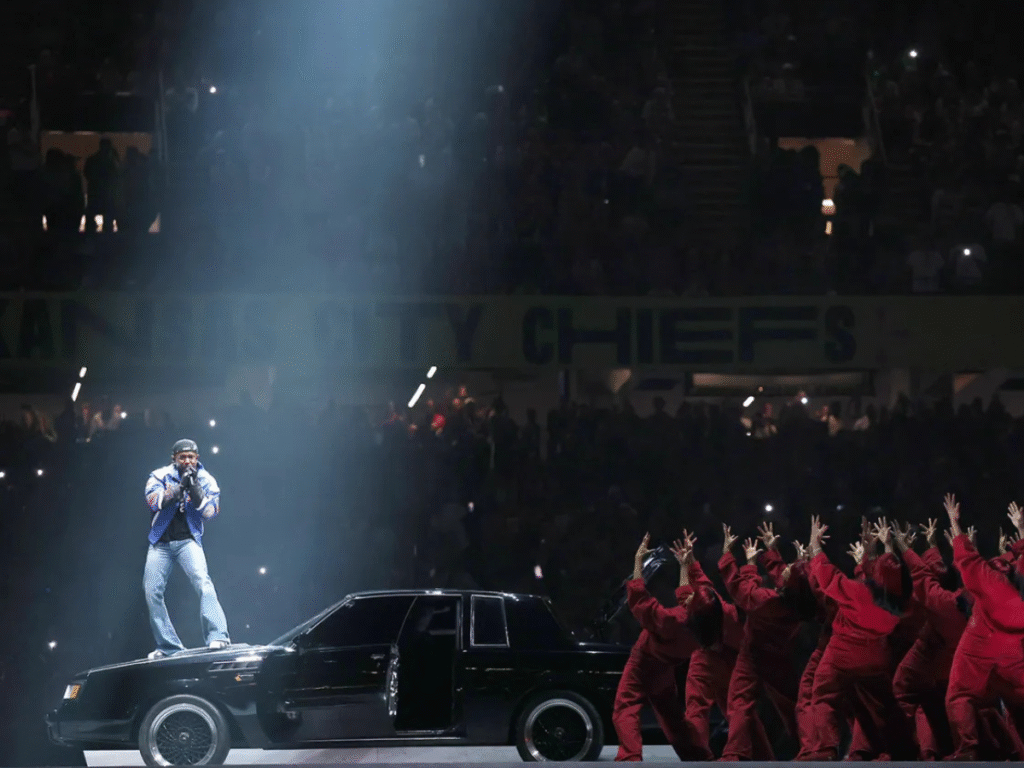
Kendrick Lamar’s set was as layered as his music, starting with a statement before any lyrics were even rapped. Sitting atop a 1987 Buick Grand National GNX — the namesake of his latest album GNX — he kicked things off with part of an unreleased track teased in the album’s promo. Before jumping into the hits, he acknowledged Gil Scott-Heron’s 1971 classic, transforming the legendary line into his own: “The revolution ‘bout to be televised.” From there, he launched into a powerful sequence of tracks including “Squabble Up,” “HUMBLE.,” “DNA.,” “euphoria,” “man at the garden,” “peekaboo,” and “Luther.”
He wasn’t alone either. SZA joined him for a soulful performance of “All the Stars,” creating one of the show’s standout moments, while DJ Mustard jumped in for the fiery new track “TV OFF.” And of course, Kendrick gave the crowd what they were waiting for with “Not Like Us” — the diss track that’s been dominating conversations around him lately. Despite questions about whether it would make the cut, Kendrick leaned into the controversy, and the crowd’s chants turned it into a stadium-wide anthem. By the time the set finished, it wasn’t just a halftime show — it was a career-spanning journey packed into twelve unforgettable minutes.
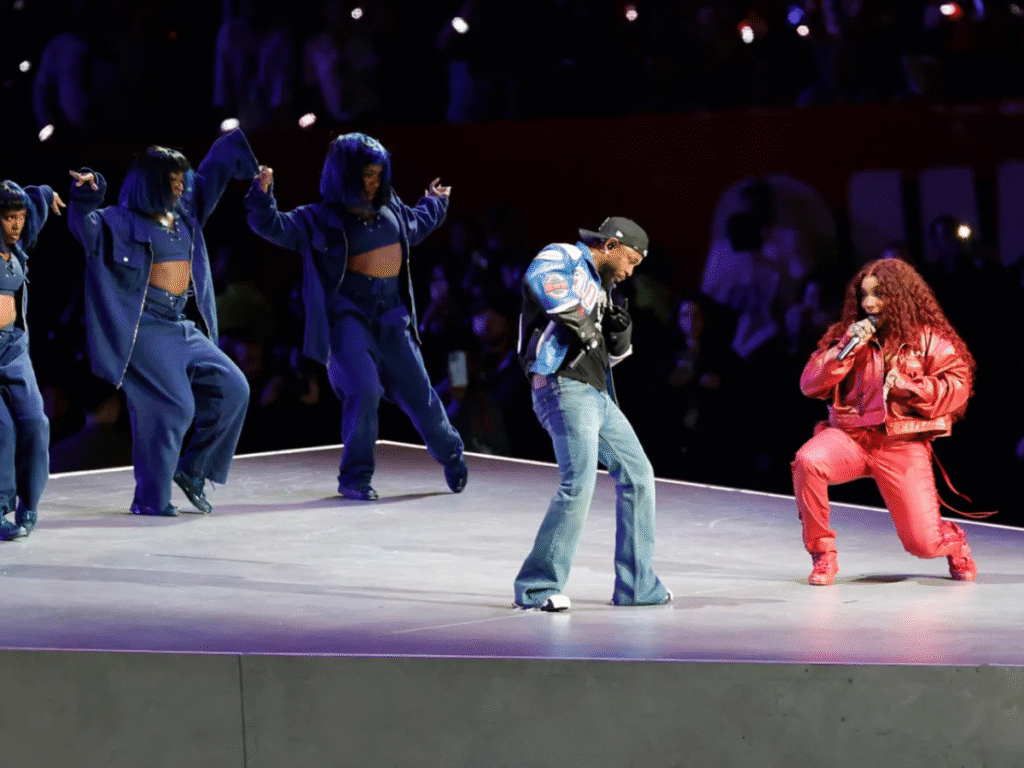
Kendrick Lamar’s halftime show was more than just his solo act — he thoughtfully chose guests who enhanced the performance without overshadowing him. Before the event, he announced SZA as a guest, and she impressed with her stunning vocals on “Luther,” the third single from GNX, before they reunited for their popular song “All the Stars” from the Black Panther soundtrack. Their collaboration brought a soulful, cinematic touch that complemented Kendrick’s more intense tracks.
He also brought out DJ Mustard, the West Coast producer behind “Not Like Us” and several other Lamar tracks. Mustard’s presence helped elevate the performance beyond just a victory lap — it was also a tribute to the creative partnerships that have driven Kendrick’s success over the years. By allowing Mustard to take the stage, Kendrick recognised the behind-the-scenes talent powering some of his biggest hits.
And then came the unexpected twists. The performance was hosted by Samuel L. Jackson, fully dressed as Uncle Sam, who delivered dramatic commentary to introduce songs and transitions, highlighting the show’s theme of storytelling. Later, Serena Williams took the stage, dancing and crip-walking to “Not Like Us.” Her cameo wasn’t just a fun surprise — it held hometown significance. Both Williams and Lamar have roots in Compton, Calif., and her appearance added even more cultural weight. Plus, considering her own past ties to Drake, her presence during Lamar’s diss anthem didn’t go unnoticed by fans.


